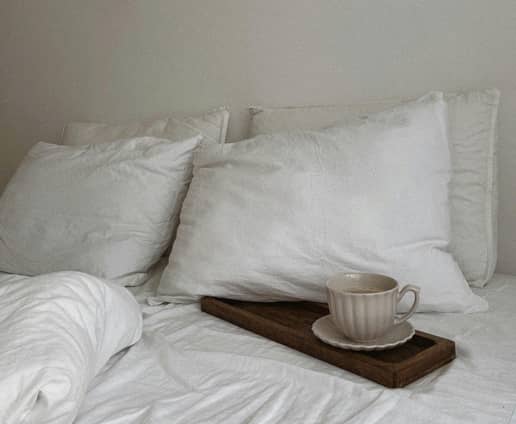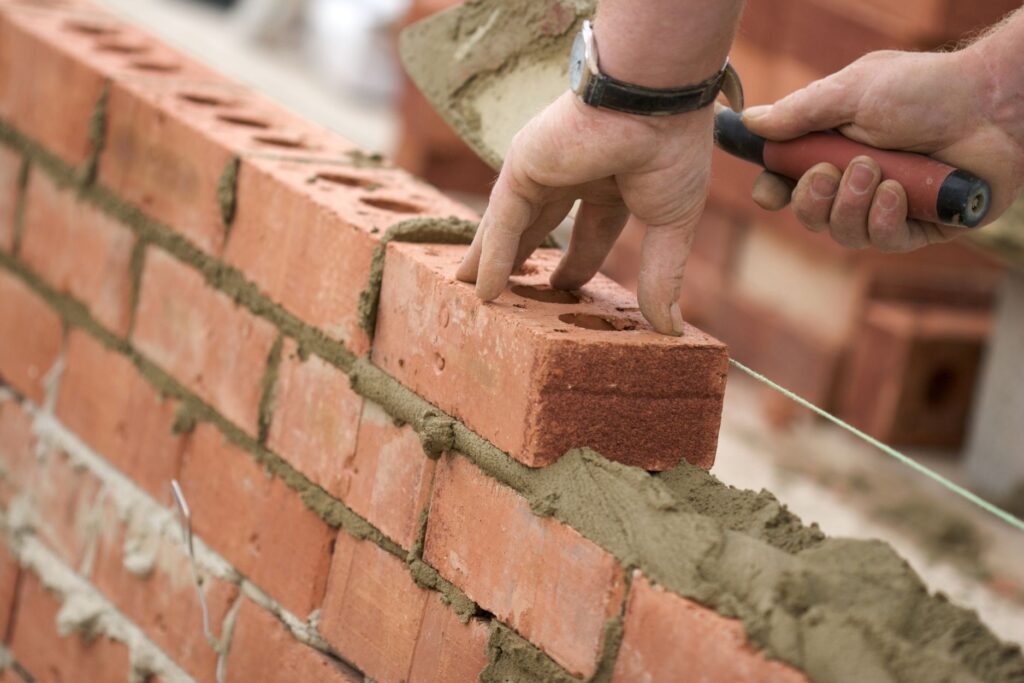When you’re looking to rent or buy a one-bedroom apartment in Manchester, one of the first questions is: How big will it be?
The average size of a one-bed apartment in Manchester depends on many factors, location, age of the property, whether it’s new build or converted, planning standards, and developer priorities. We examine the legal minimums, current averages, how size affects cost, examples, what you should expect, and how those standards may shift. By the end you’ll be better able to judge whether a flat-size offer is fair, and whether you are getting value for space.
If you are considering renting or purchasing a one-bedroom apartment in Manchester, it’s advisable to consult local property listings and work with a real estate agent or property specialist like TK Property Group to find a Manchester buy-to-let property that aligns with your preferences and requirements.
Legal & Planning Standards
To understand averages, it helps to start with the standards developers must follow:
Manchester local preference: The City Council highlights a “preferred larger bedroom standard” of 10 m² for a single bedroom, which is above the national minimum (Manchester City Council).
Nationally Described Space Standard (NDSS): For a one-bed, two-person flat (1B2P) the minimum gross internal area is 50 m², and for a one-bed, one-person flat (1B1P) the minimum is 39 m² (or 37 m² if it has a shower room) (UK Government).
HMO Regulations: These set out legal bedroom sizes:
One person over 10 years: 6.51 m²
Two persons over 10 years: 10.22 m²
One child under 10: 4.64 m² (HMO Architects).
What Is the Average Size in Manchester?
Based on current schemes, planning data and listings, the average size of a one-bed apartment in Manchester in 2025 is typically:
- 41-56 m² (≈ 442-600 ft²) in modern city-centre developments. For example, one-beds at The Residences Manchester average 41 m² (The Residences).
- 46-47 m² at Vox Apartments in Castlefield (Vox Manchester).
- From 44 m² at Uhaus in Manchester (Uhaus).
- 57.5 m² average flat size across Manchester (all flat types) according to market data (Plumplot).
So the realistic range for a one-bed in Manchester is 40-60 m², with most new builds falling near 45-50 m².
Location, Age & Type Effects
Several factors influence apartment size in Manchester:
| Factor | Effect |
|---|---|
| Location | City centre apartments (Deansgate, Spinningfields, Northern Quarter) are smaller due to high land values. Suburban areas like Chorlton or Didsbury often offer larger layouts. |
| Building Type | Purpose-built high-rise flats often have tighter layouts, while converted Victorian or Edwardian houses can offer more floor area but irregular shapes. |
| Age | Older stock may be larger on paper, but layouts can waste space. New builds are often more compact but efficient, with integrated storage and open-plan designs. |
| Planning / Developer Focus | Developers balance space with profitability. Council space standards prevent micro-apartments but still allow compact city units. |
Case Studies
- The Residences Manchester: One-beds from 41-56 m², showcasing modern high-spec living close to the city core (The Residences).
- Vox Apartments: One-beds around 46-47 m², with strong amenity offering including gym and roof terrace (Vox Manchester).
- Uhaus, Manchester: Advertised one-beds starting at 44 m², popular among young professionals (Uhaus).
These developments illustrate the city’s “sweet spot” for one-beds: 42-50 m².
Comparing to Minimum Standards
When we compare Manchester averages with national minimums:
Bedrooms must also meet HMO regulations, ensuring livable space even in smaller flats (HMO Architects).
Many new builds meet or exceed the NDSS 50 m² for 1B2P flats, especially outside the tightest city centre zones (UK Government).
Some central one-beds are closer to 41-45 m², but with efficient layouts and smart storage to maximise usability.
Size vs Cost & Rent
The cost per square metre in Manchester has been rising:
Suburban one-beds, though larger, can rent for less, as location convenience is a major pricing factor.
The average rent for a one-bed flat in Manchester is £957/month as of April 2025 (ONS).
City centre one-beds of 45-50 m² often command £1,100-£1,300/month, especially in premium developments with amenities (Vox Manchester).
Trends & Outlook
Looking forward, several factors may affect the average size of a one-bed apartment in Manchester:
- Higher land costs continue to push developers toward more compact designs.
- Remote working creates stronger demand for extra space, nudging developers to design one-beds with flexible layouts.
- Planning policy could tighten, requiring developers to meet or exceed NDSS standards consistently.
- Regeneration projects in areas like Ancoats and New Islington are likely to bring more high-density apartments, where one-bed averages lean toward the lower end.
What Buyers, Renters & Investors Should Consider
Check the GIA: Confirm whether quoted size is Gross Internal Area, as some adverts may include unusable space.
Room proportions: A 45 m² flat with a smart layout can feel larger than a 55 m² flat with poor use of corridors.
Storage & amenities: Built-in wardrobes, balconies, and communal amenities offset smaller floor areas.
Location trade-off: Consider whether proximity to work or transport justifies a smaller footprint.
Conclusion: What is the average size of a one-bed apartment in Manchester?
The average size of a one-bed apartment in Manchester typically falls between 40 m² and 60 m², with most new builds clustering near 45-50 m². Legal standards set a floor for livability, but beyond that, size is shaped by location, building type, and market demand.
For buyers and investors, it is vital to look beyond headline square metres to layout, location, and amenities. These determine whether a flat feels cramped or comfortable, and whether it holds long-term rental appeal.
To discuss Manchester investment opportunities, contact TKPG today.









